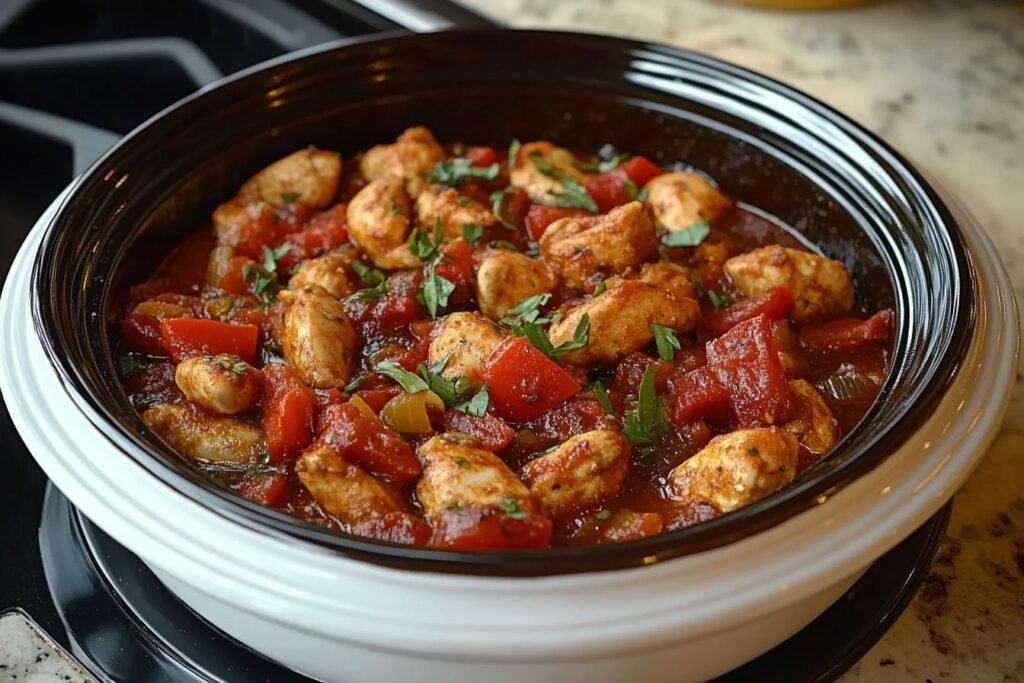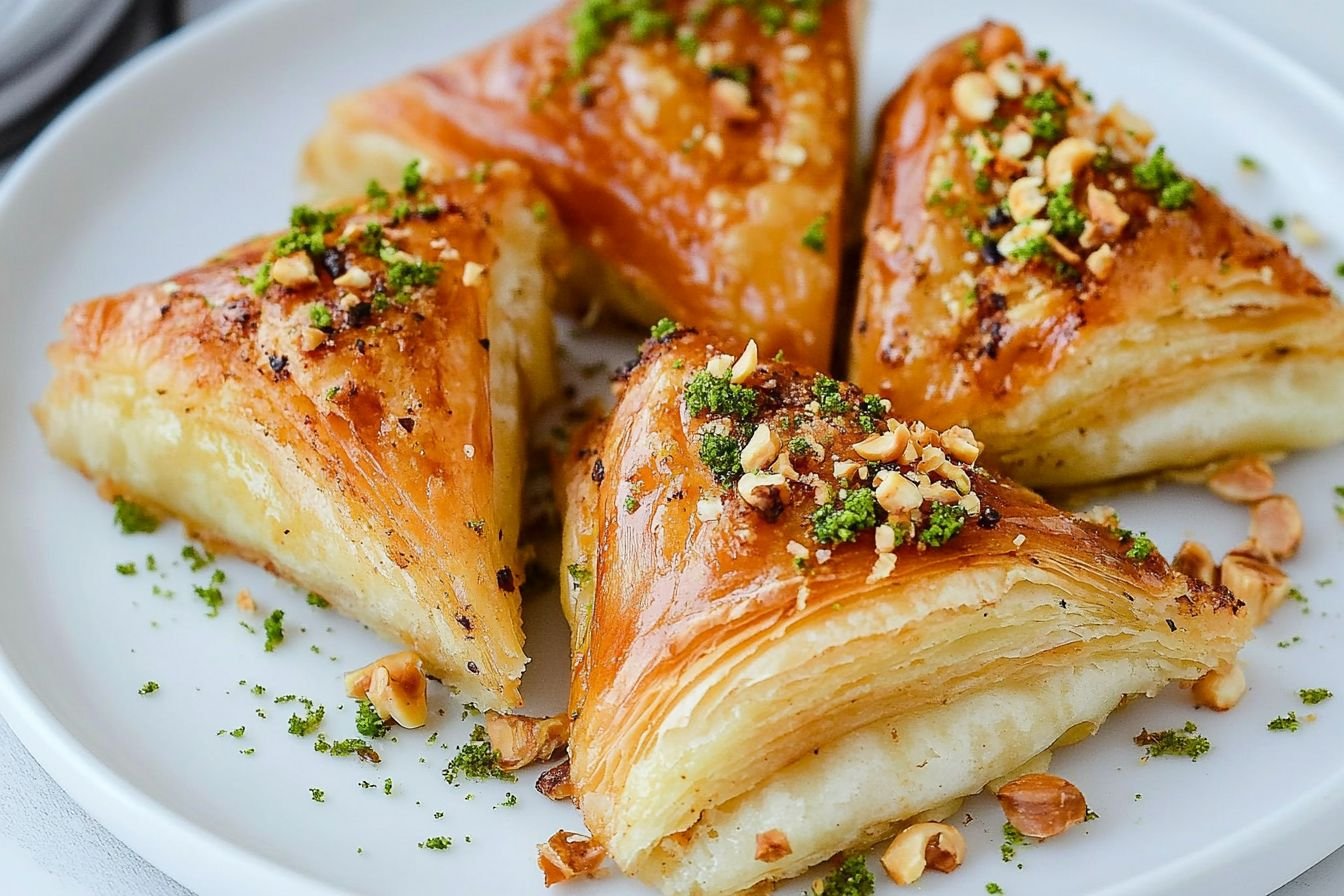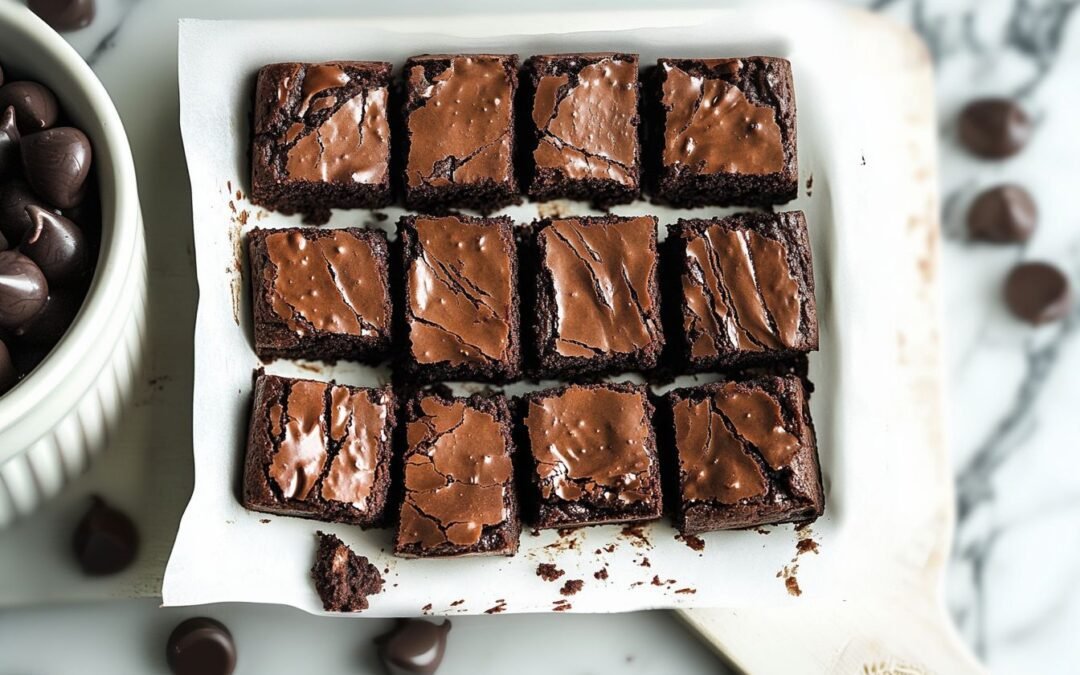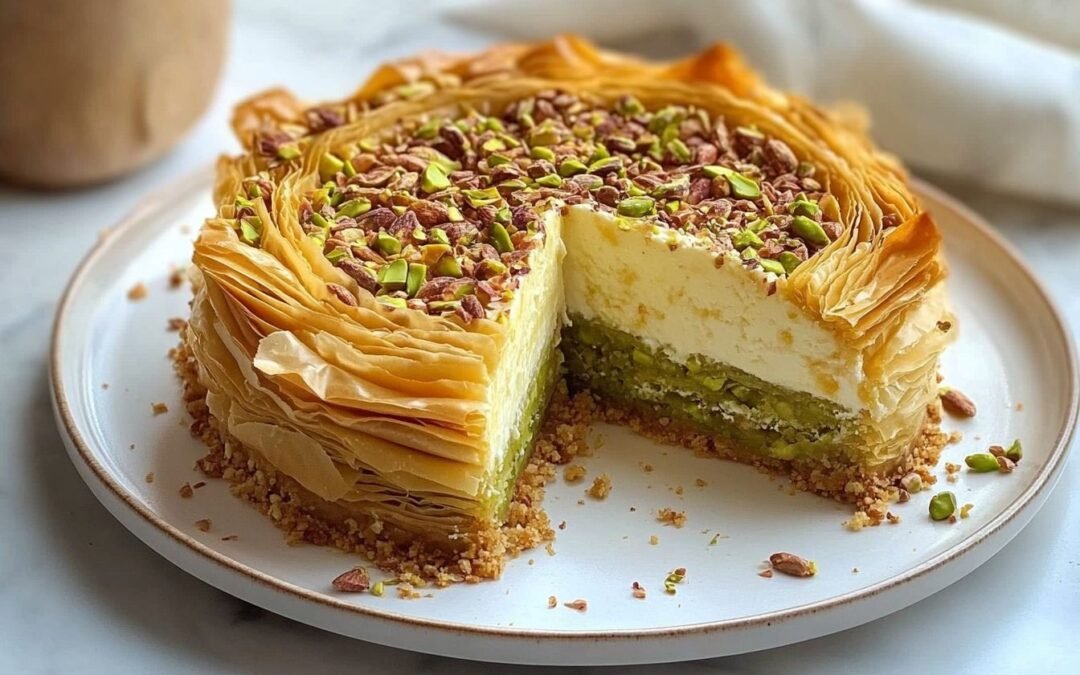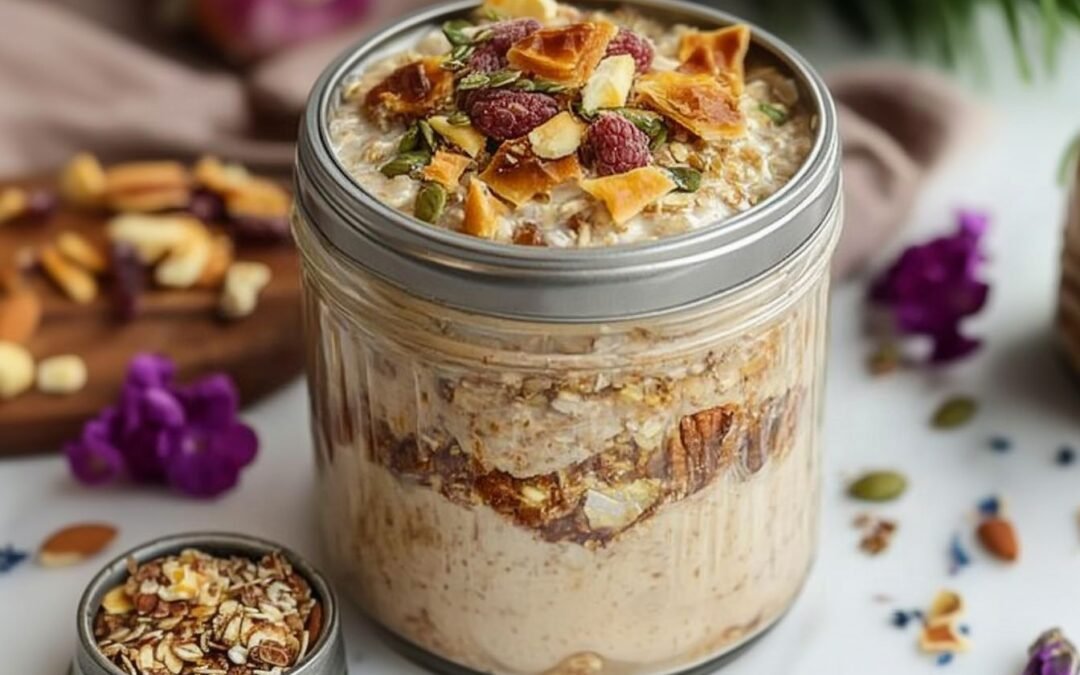Shaabiyat is a Middle Eastern treat that features a crispy phyllo dough exterior with a rich ashta filling and is often drizzled with fragrant sugar syrup. The ingredients I use include phyllo dough, Crisco vegetable shortening, unsalted butter, ground pistachios for garnishing, whole milk, heavy cream, corn starch, sugar, rose water, orange blossom water, along with sugar syrup components like sugar and lemon juice.
I’m excited to share my love for making Shaabiyat, as the combination of flavors and textures is simply irresistible. You’ll see how each layer combines to create a light yet satisfying dessert that transports your taste buds.
History of Shaabiyat
Shaabiyat is a traditional Middle Eastern dessert that has deep roots in Levantine culinary heritage, particularly in Syria, Lebanon, and parts of Jordan.
Believed to have originated in the Ottoman Empire era, Shaabiyat reflects the empire’s love for rich, layered pastries filled with cream or cheese.
The dessert consists of phyllo dough sheets, generously brushed with ghee or butter, and filled with either sweetened cream (ashta) or lightly sweet cheese. After baking until golden and crisp, it’s drenched in aromatic sugar syrup flavored with rose or orange blossom water.
Historically, Shaabiyat was prepared during festive occasions such as Ramadan, Eid, and weddings, symbolizing hospitality and celebration. Its name is derived from the Arabic word “sha‘b,” meaning “people,” emphasizing its popularity among everyday families.
Over time, it has spread across the Arab world, with each region adding its twist, but its essence remains a beloved, flaky indulgence.

Ingredients
- 1 pack of phyllo dough (16 oz, 9×14)
- ¾ cup of melted vegetable shortening
- ¾ cup of melted unsalted butter
- ¼ cup of ground pistachios, for garnishing
For the ashta filling
- 3 cups of whole milk
- 1 cup of heavy cream
- ⅔ cup cornstarch (plus 1 extra tablespoon)
- ⅓ cup of sugar
- 1 tablespoon of rose water
- 1 ½ tablespoons of orange blossom water
For the sugar syrup
- 2 cups of sugar
- 1 cup of water
- 1 tablespoon of orange blossom water
- ½ tablespoon of rose water
- 1 teaspoon of lemon juice
How to make Shaabiyat?
- Combine all the necessary ingredients in a medium-sized pot.
- Apply medium heat to the mixture, ensuring continuous whisking to develop a smooth and creamy consistency as it thickens. Once the desired thickness is achieved, reduce the heat and continue whisking for an additional 1 minute to ensure uniformity.
- Carefully transfer the prepared filling to a Pyrex dish, cover it securely with plastic wrap to prevent skin formation, and allow it to cool for a minimum of 30 minutes. For enhanced cooling and a firmer texture, an optional 15-minute chill in the refrigerator can be incorporated if time allows.
Preparing the sugar syrup
- Proceed with the preparation of the sugar syrup.
- In a small pot, combine the specified quantities of sugar and water. Bring this mixture to a rolling boil and maintain this boil for a precise duration of 5 minutes. Following the boiling stage, carefully incorporate the orange blossom water, rose water, and lemon juice into the syrup. Reduce the heat to a gentle simmer and allow it to proceed for an additional 2 minutes to meld the flavors before removing it from the heat to cool completely.
Preparing the phyllo dough
- Once the filling has sufficiently cooled, prepare the phyllo dough for assembly.
- In a microwave-safe container, melt the butter and shortening together for approximately 1 minute, or until fully liquefied. Take one sheet of phyllo dough and lay it flat on your work surface. Using a pastry brush, evenly coat the entire surface of the phyllo sheet with the melted butter mixture. Repeat this process, stacking a total of 15 sheets of phyllo dough, ensuring each layer is brushed with the butter mixture.
- With the stacked phyllo sheets prepared, carefully cut them into uniform squares of your desired size. Take each square and place a teaspoon of the cooled filling in the center. Fold the phyllo dough over the filling to create a sealed pastry. Arrange the formed pastries neatly on a non-stick baking pan that has been lined with parchment paper to prevent sticking.
- Place the baking pan in a preheated oven at a temperature of 375°F and bake for a duration of 30 minutes, or until the pastries achieve a rich golden-brown color, indicating they are properly cooked.
- Upon removal from the oven, immediately and generously drizzle the warm, golden-brown pastries with the cooled sugar syrup, ensuring each pastry is evenly coated.
- Allow the syrup-drenched pastries to cool at room temperature for a period of 2 hours. Following this initial cooling, transfer the pastries to the refrigerator for an additional 2 hours of chilling before serving. This final refrigeration period enhances the texture and overall enjoyment of the pastry.
Nutritional Information
| Nutrient | Amount per Serving (1 pancake) |
|---|---|
| Calories | 373 kcal |
| Protein | 4 g |
| Carbohydrates | 27 g |
| Total Fat | 28 g |
| Cholesterol | 48 mg |
| Fiber | 1 g |
| Sugar | 17 g |
Pairing with Other Foods and Beverages
Teas and Coffees
I love pairing Shaabiyat with aromatic teas and robust coffees. The delicate flavors of the pastries marry well with black tea, which offers a bold counterpoint.
For a mellow option, I recommend green tea—it balances the rich fillings without overpowering them.
Coffee also makes a great match. A medium roast, especially one with nutty notes, can elevate the flavors. In my experience, serving them warm enhances the enjoyment, allowing the butteriness of the pastries to shine through.
Complementary Sweets
Pairing Shaabiyat with sweets creates a delightful taste experience. I often serve these pastries alongside dates or baklava, which provide a nice contrast.
Another option is fresh fruits like pomegranate or orange slices that add zest to the tasting experience.
For something creamy, a side of yogurt can complement the sweetness well, providing a cooling contrast. My favorite is to serve a small dish of honey; it amplifies the sweetness of the Shaabiyat perfectly.
Storing Shaabiyat
Ideal Conditions
- Temperature: A cool, stable temperature is crucial. I usually aim for around 60°F (15°C).
Humidity: Moderate humidity levels help prevent spoilage. Too much moisture can lead to mold.
I prefer using airtight containers. This choice helps keep the Shaabiyat fresh and prevents contamination.
Storage Tips
- Use glass or plastic containers with tight seals.
Label your containers with the date of storage.
Keep them in a dark place away from sunlight.
For longer storage, I consider placing Shaabiyat in the freezer. This option preserves its unique qualities for an extended period.
When I’m ready to use it, I take it out and let it thaw slowly in the refrigerator. This method maintains the best texture and flavor.
Maintaining wise storage practices ensures that my Shaabiyat stays delicious and ready to enjoy whenever I need it.
Common Mistakes To Avoid
- Applying syrup too early or using too much can make the pastry soggy; always pour cooled syrup over hot pastries or vice versa.
- Not brushing phyllo dough properly with butter or ghee can result in a dry or unevenly baked texture.
- Overbaking or underbaking affects the crispness and color—aim for a light golden brown finish.
- Using an overly wet or bland filling may lead to a runny or tasteless center.
- Failing to chill the cream filling before assembly can cause it to leak during baking.
- Serving immediately without letting it rest may ruin the dessert’s structure and presentation.
- Inconsistent layering of phyllo dough can cause uneven baking or a collapsed shape.
Conclusion
Shaabiyat is more than just a dessert—it’s a celebration of Middle Eastern tradition, craftsmanship, and flavor.
With its crispy, golden phyllo layers and creamy, delicately sweet filling, it captures the essence of hospitality and indulgence that characterizes so many beloved dishes from the region. While it may seem intricate at first, mastering Shaabiyat is truly rewarding.
By following the steps carefully, paying attention to common pitfalls, and using quality ingredients, anyone can recreate this bakery-style treat at home. Whether you choose to fill it with ashta, cheese, or your creative twist, the beauty of Shaabiyat lies in its versatility and elegance.
It’s perfect for festive occasions, family gatherings, or simply treating yourself to something special. Serve it warm or at room temperature, with a drizzle of rose-scented syrup and a sprinkle of crushed pistachios, and you’ll see how it quickly becomes a favorite.
As with many traditional recipes, making Shaabiyat is not just about the result—it’s about the joy of preparation, the aromas that fill the kitchen, and the memories created along the way.
Once you try it, you’ll understand why this timeless dessert continues to be cherished across generations.
Did you know? Shaabiyat can be a great dessert after having spicy chicken tagine
Would you like to try it? Get the recipe now (by clicking the image below):
